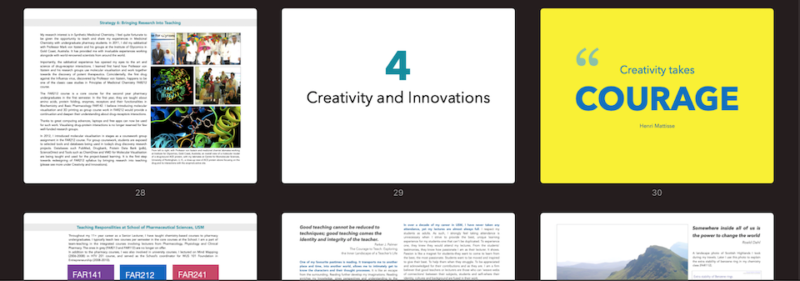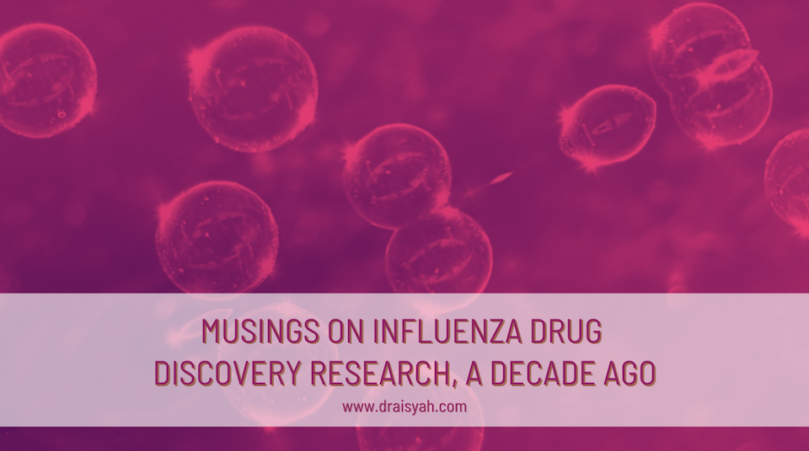These few days I was entertaining the idea of going to Japan. Ya… my passport is gathering dust in a drawer somewhere, and the travel bug in me was wondering about Japan. Should I travel before Tokyo 2020 Olympics or after?
In 2019, I went to Phnom Penh and Macchupicchu, long before MCO lockdowns started in March 2020.
Now Japan. It’s a country that I’ve been putting off going for decades, well… in addition to the States. My friends tried to convince me to go to Japan for the Mount Fuji, zen (Presentation Zen?), its culture (Manga, Anime, Geisha come to mind), technology (one of most advanced), food (sushi) and its people. Somehow there was hardly any ‘pull’ until recently.

A friend of mine suggested that I’d better go after the games. Which I agreed that it’d be wiser with vaccines and all.
And she added, this Covid-19 pandemic may still continue even with vaccines.
Bubbles burst.
My travel bubbles.
Because virus mutates, she said.
Ahh.. yes!! (How could I forget, I kicked myself. It reminded me of my time in Australia).
The pandemic may continue…
Ten years ago, in 2011, I did my sabbatical at the Institute for Glycomics at Griffith University, Gold Coast, Australia. I worked with Professor Mark von Itsztein and his research groups in Influenza drug discovery project. Mark co-discovered the first anti-influenza drug, Zanamivir or better known as Relenza. The drug was approved in 2006 for Influenza A and B.
Since then several drugs and vaccines have been approved as anti-influenza treatment and to combat the spread of Influenza viruses.
Influenza viruses spread around world using various animal hosts. Out of four types of Influenza A-D, Influenza A can get transmitted across multiple hosts including human. The infected persons display mild symptoms e.g. fever, runny nose and sore throat or may get worsen with low immunity towards the influenza virus.
*Coronavirus are more contagious than influenza; Covid-19 infections may lead to far serious complications. Read about the similarities and differences here.*

The 20th century witnessed the first wave of influenza pandemic with Spanish flu in 1918 that is followed by four more pandemics—the most recent is the novel H1N1 virus in 2009.
To mitigate future flu outbreaks, countries around the world keep stocks of the flu vaccines and drugs (e.g. Oseltamivir) coupled with strict adherence to SOP (handwashing, social contracts) during outbreaks. Centres of Disease Control (CDC) plays a major role in surveillance and monitoring on the influenza viruses that continue to spread as seasonal viruses.
Why do I talk about Influenza whereas the story is about Covid-19 virus? Because it appears similar to the time during the influenza virus pandemic. I refer to the tremendous on-going effort in discovering and developing candidates as drugs and vaccines against coronavirus.
After the frenzy search for Covid-19 drugs died down, it seems re-purposing influenza drugs and/or antiviral drugs in combination with other drugs could be a potential key treatment for Covid-19. Read more in the updated list of on-going clinical trials on Pharmaceutical Journal.
Though there are many distinct differences between the influenza viruses and coronavirus, viruses share one key characteristic: they mutate.
Playing catching up in drug discovery effort
As viruses respond to their changing environments, they would mutate–spontaneously or by certain triggers. And they mutate to adapt to new environments or hosts. That’s how they survive and continue to spread.
Just like the potentially deadliner virus strain from the UK.
Because of the unpredictable nature of viral mutation, viruses tend to be several steps ahead of us.

We always play catching up with viruses—as such poses as an obstacle to effective antiviral treatments.
The research I undertook at the Institute for Glycomics focused on the design and synthesis of novel compounds that block neuraminidases. Neuraminidase or sialidase is a family of enzymes involves in the liberation of virions, new ‘baby’ viruses in a host.
Blocking neuraminidase would help stop the liberation and therefore, the spread of new viruses. That’s the big idea.
Likewise, the coronavirus drug discovery efforts are looking for compounds that can block the action of a protein, for instance heart-shaped proteases in this case. The proteases are involved in the biological steps that lead to the spread of coronavirus.
Take a look at the video below posed by Professor Hans De Winter and his team (Medicinal Chemistry Lab) at University of Antwerpen. The turquoise blob is a potential protease blocker that could act as a ‘heart-stopper’ on entering the proteases:
Read further about the search for a ‘heart-stopper’ to block coronavirus proteases in the the Asian Scientist here.
Bringing Research into Teaching
Coincidentally, anti-influenza drugs Zanamivir and Oseltamivir happen to be one of the classic case studies in the medicinal chemistry course I taught. A drug discovery research effort that combines computational approach with knowledge and insight in enzymatic studies.

A snapshot of my teaching portfolio about bringing research into teaching
Unlike the proposed active site above for coronavirus protease, the active site in a neuraminidase seemed shallow… That means the drug-protein interactions are good as drugs, but medicinal chemists, we are always on the look for more potent compounds.
Before I left the interesting influenza research area for teaching and learning, I think some research groups found a bigger pocket next to the active site. That discovery led to compounds synthesised to explore the pocket. They had shown to enhance the binding interactions with the influenza sialidase.
From here (test tube stage) to a pharmacologically-active compound, it may take 3-5 years.
And another 5-20 years to bring a proven pharmacologically-active compound to the people. Like most drug journeys. To make sure that a drug is not just effective, but also fulfil international quality standards and ultimately safe for human use.
A decade later…
Looking back the sabbatical experience has opened my eyes to the art and science of drug-receptor interactions. I learned first hand how Professor von Itzstein and his research groups use molecular visualisation and work together towards the discovery of potent therapeutics. An invaluable experience shared with my pharmacy students.
About influenza. About a drug journey. And…
About travelling to Japan?… No Tokyo 2020 for me. I might have to put it on the back burner. Until a proper treatment is in place, the pandemic waves recede and life returns to normal. Safer that way.
The travel bug in me can wait 😉
Disclaimer: The musings and views expressed here are based on personal experiences. Readers are advised to seek professional and expert advices and opinions for accurate and latest information on influenza and coronavirus.

